Riding on the back of continued gains in equity indexes, TCM strategies were all substantially higher in August. The mania in tech names in particular has become reminiscent of the late 90s, boosting our Smart Tech strategy by nearly 30% since May and over 10% in August alone. Curiously, late in the month the VIX index began rising alongside equity markets, bucking the normal inverse relationship and suggesting discomfort with the market’s torrid pace or perhaps growing apprehension over the coming US Presidential Election.
Money Games
While those fortunate enough to own assets celebrate their nominal gains, we are reminded of a college party where guests played games to earn play “dollars” that could be used to bid on such coveted prizes as a gift certificate to the local Chili’s. While the preoccupation among starving students was with competition in the game room, in reality the real action was in the money room.
When vying for resources with ring-toss and dart skills proved tedious, new money began to find its way into the hands of the organizers near the vault upstairs- slowly at first, then growing increasingly bold as the night wore on. While obscene sums began to be exchanged for increasingly questionable “games” upstairs, activity in the downstairs economy dwindled as hours of game earnings now barely registered on the bid sheet. With the best prizes impossibly out of reach, participants focused on buying the items they could as their prices also steadily rose, all the while marveling at the vast resources of the organizers upstairs, never understanding the real game.





